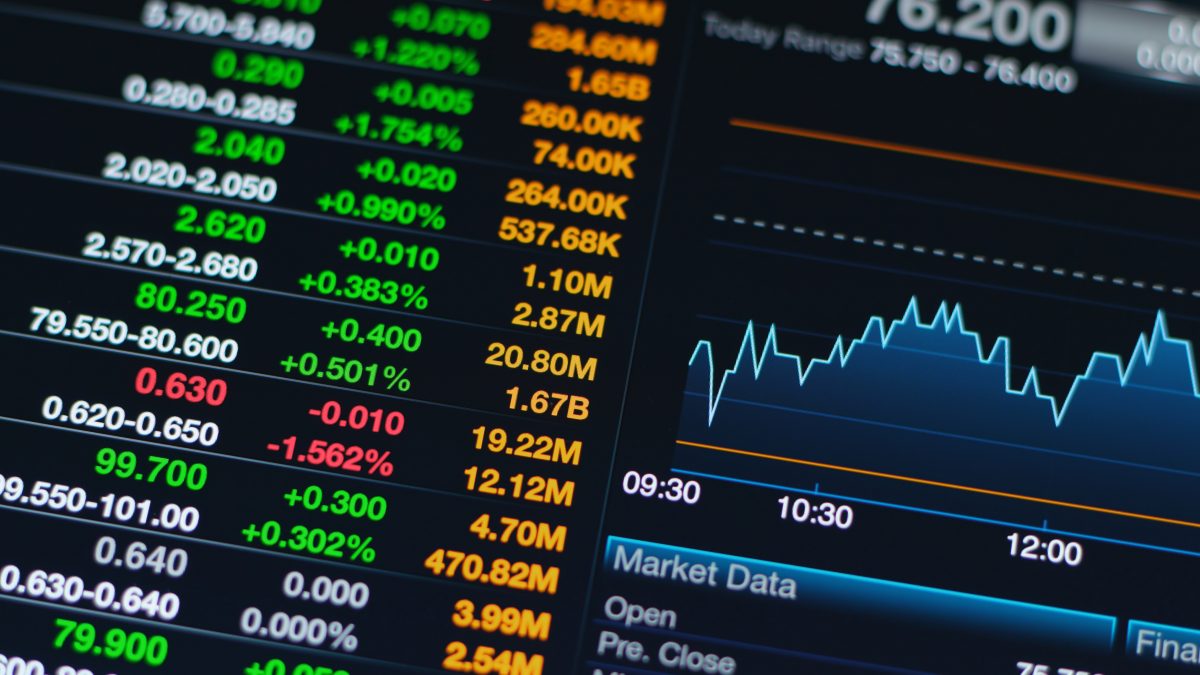Learning how to regulate psychological conflicts is as important as developing a well-defined risk/money-management strategy and trading methodology. Having all components function side by side is paramount to successfully trade.
Unfortunately, trading psychology is often overlooked. Many traders mistakenly believe developing solid trading methodologies is all that’s required to profit.
If you’re incapable of regulating your mind while operating in the market, regardless of the trading methodology’s success rate, the odds of becoming profitable is exceedingly low.
Changing the way you think
The consistency you seek is in your mind, not in the markets – Mark Douglas
When it comes to high-pressure circumstances, how you think/react is critical. Trading, for the vast majority, is a demanding task and most respond in a similar manner. As an active trade progresses, either in favour or against the predetermined direction, a barrage of emotional knocks is often felt: greed, fear, hope and regret.When exposed to potential threats, brain imaging studies of healthy humans show neural activity in the amygdala (located in the frontal portion of the temporal lobe) surges, triggering an increased heart rate and/or sweating. This causes an adrenaline rush. Adrenaline, also known as the ‘fight-or-flight’ hormone, releases in response to a stressful, exciting, dangerous or threatening situation.
According to Mark Douglas, who was (and remains to this day) a respected consultant in trading psychology, professional traders circumvent this thinking as they recognise the outcome of an individual trade as unique and random. Professionals think about trades from a probabilistic mindset and take into account the risk associated with each trade. Frustration comes from expecting something the trading method can’t do. Technical methods identify patterns in collective human behaviour. The problem is the outcomes don’t always correspond with the pattern on a trade-by-trade basis.
So with this in mind, by truly accepting the random nature of each individual trade, you should, assuming you have an edge that plays out over a series of trades, be able to produce consistent results.
Thinking in probabilities
Learning to think in probabilities is a somewhat tricky phenomenon to master, though a vital element to thinking like a professional trader. While straightforward in theory it is difficult once hard-earned money is on the line.
Suppose a method reports a 50/50 win/loss ratio over a series of trades and tends to average twice the risk on winning trades. Armed with this data, besides identifying the setup in the market and ensuring you have a risk/money management strategy in place, there is really little else to think about, aside from following the trading plan.
Knowing this, is there a need to feel depressed over a losing trade or elated over a win? Absolutely not, as successful traders know there is little point. The edge – your method – will/should play out 50% of the time over a series of trades and any one individual trade, as long as rules are followed, will have little effect in the grand scheme of things.
This type of thinking will not happen overnight. It takes time and truckloads of discipline to accept a probabilistic mindset.
Do you truly accept the risk?
Risk management is a key component to successful trading. Without it you will fail. It is as simple as this.
A common theme is the inability to accept a loss, which means you haven’t accepted the risk.
Instead of accepting you’re wrong and moving on, a typical emotional response is to attempt to re-enter the market and claim back the loss or attribute the failure to a flaw in the method. This will, without question, affect trading performance and drain funds. Trying to reclaim a loss rarely ends well, as if another loss occurs where does it stop? Believing the loss was due to the method can also lead to unnecessary alterations and even episodes of ‘system hopping’.
A technique to help overcome this problem is trade positions you feel emotionally comfortable with. By way of an example, assume an account size of $10,000. A loss of $100, although only 1% of the account, is fine for some, though others may choke and find it unbearable. If you find your comfort level is only $10 risk on each trade, work from there. Build your confidence and slowly increase risk as your comfort level grows.
Before a trader can think like a professional, accepting the risk on each trade is vital.
Embrace simplicity
Keeping it simple is often touted if you want to trade like a professional. Failing to put this into the correct context, though, can lead to disastrous results.
Keeping it simple does not mean you can trade without performing analysis, and it certainly does not mean you can trade without care for money-management principles and risk. Embracing simplicity in trading means certainty and clarity in the shape of clear-cut rules of engagement:
- What is your entry and exit?
- What timeframes will you trade?
- When will you be active in the market?
Above are just some of the points needed within a trading methodology. An overall trading plan, nonetheless, also needs to factor in aspects relating to money-management rules, a clear risk profile and so on. Having this, along with a detailed trading journal, helps avoid common mistakes repeating in the future.
Keeping things simple in your trading also avoids a phenomenon known as analysis paralysis. This occurs when an individual becomes so lost in the process of examining and evaluating various points of data they are unable to make a decision. Having a step-by-step guide on how to engage with the markets helps avoid this.
Discipline and patience
Every profitable trader we’ve had the privilege of interviewing stated patience and discipline are two of the key components to their success in the financial markets. Most added without these two elements, every other aspect of your trading crumbles.
Traders lose because they fail to follow their trading plan. They lose because they have no discipline. Discipline is undoubtedly one of the most important character traits a trader needs to have to trade successfully. A lack of discipline is often the cause of most common trading mistakes.
Patience is also one of the most overlooked attributes of a professional trader. Trading well means entering the market at the right time. To wait for the right timing, you need to be patient. Patience is not about doing nothing; it’s about doing the right thing at the right time.
The bottom line
The bottom line is this, trading success is in reach of everyone if, and only if, they’re willing to change the way they think. Most trading methodologies are relatively easy to follow and understand, though mastering thyself is a different animal altogether.
Change the way you think and your trading results, be it day trading, swing trading or long-term investing, will also change for the better.
This article has barely scratched the surface when it comes to thinking like a professional trader. Going into detail on each aspect is beyond the scope of 1300 words! What it has hopefully accomplished, nevertheless, is raise awareness regarding the importance of trading psychology.
For folks looking to extend their knowledge on the subject, here are a number of well-written books worth exploring: https://www.icmarkets.com/blog/trading-psychology-books/





